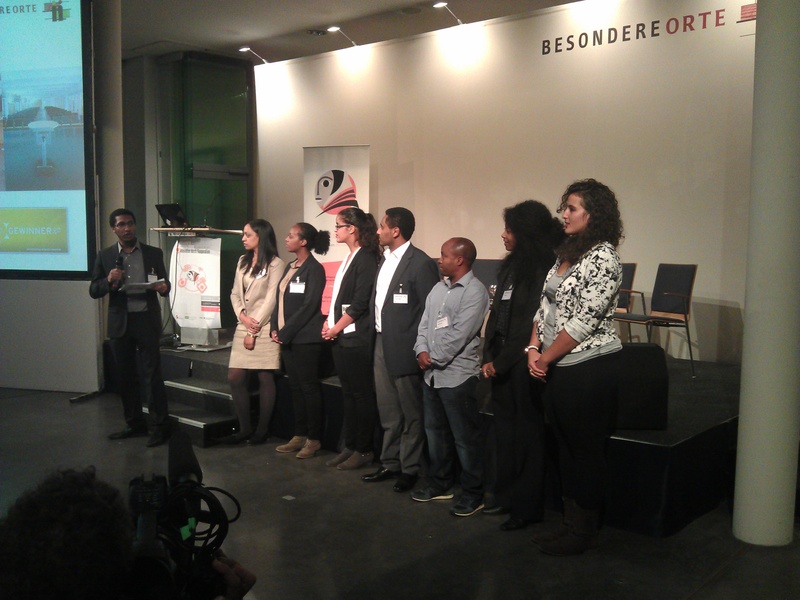We’ve just set up a demonstration site of our analytics and mobile site for the patient management tools. Previously if someone wanted to test out the tool for themselves, we could really only give them the mobile application and the protocols to look at, but we didn’t have a demo area for the server side. The only demo was on my laptop, and we can’t give access to the live site as it has real patient cases. I took this opportunity to look at using Amazon Web Services (EC2) for setting up the demo server – it all worked out really well and very easy to use.
You can log into the analytics/scorecard site at:
http://odk-demo.digital-campus.org/scorecard/ (username/password is demo/demo)
and the mobile version is at:
http://odk-demo.digital-campus.org/scorecard/mobile (same username/password)
The demo user has supervisor privileges, so is able to see all the data entered, usually health workers logging in would only get to see the data directly related to their patients.
If you would like to see the whole process, from entering the protocols on the smartphone, all the way through to seeing the cases on the analytics scorecard and mobile site, I also set up a demo ODK Aggregate server for submitting protocols. To set this up:
- Download and install on your phone our version of ODK
- start the app and enter the following settings (go to menu > change settings):
- Server: http://odk-demo.digital-campus.org/ODKAggregate (note that this is case sensitive)
- Username: demo
- Password: demo
- Go to ‘get blank form’ – this should connect to the server and show all the available protocol forms – select and download the ones you would like to try out
- Enter and submit a few protocols from your phone
- You will then be able to see the forms you have entered on the analytics scorecard, and the mobile version – note that the forms don’t appear instantly on the scorecard or mobile site, it may take a couple of hours, as we have some caching running, to make the site run more quickly
Please let us know how you get on – especially if I need to add some more info to the instructions above.






